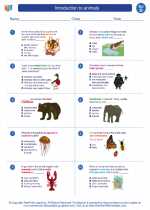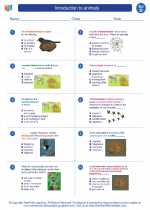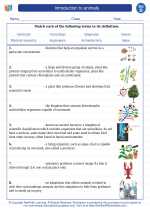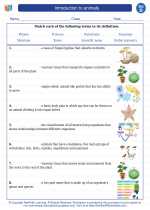Skin
The skin is the largest organ of the human body, covering and protecting the underlying muscles, bones, ligaments, and internal organs. It serves several important functions, including protection, sensation, regulation of body temperature, and the synthesis of vitamin D.
Anatomy of the Skin
The skin is composed of three main layers: the epidermis, the dermis, and the subcutaneous tissue (hypodermis).
- Epidermis: The outermost layer of the skin, primarily made up of epithelial cells. It provides a waterproof barrier and contains melanocytes, which produce the pigment melanin.
- Dermis: The middle layer of the skin, containing blood vessels, nerves, hair follicles, and sweat glands. It provides strength and flexibility to the skin.
- Subcutaneous Tissue (Hypodermis): The innermost layer, composed of fat and connective tissue. It acts as an insulator and a cushion for the body.
Functions of the Skin
- Protection: The skin acts as a physical barrier, protecting the body from external threats such as pathogens, UV radiation, and physical injury.
- Sensation: The skin contains a variety of sensory receptors that enable us to feel touch, pressure, temperature, and pain.
- Regulation of Body Temperature: Through processes such as sweating and dilation/constriction of blood vessels, the skin helps regulate body temperature and prevent overheating or cooling.
- Synthesis of Vitamin D: When exposed to sunlight, the skin produces vitamin D, which is essential for calcium absorption and bone health.
Care and Maintenance of the Skin
Proper care of the skin is essential for maintaining its health and function. This includes regular cleansing, moisturizing, protection from sun exposure, and a balanced diet to support overall skin health.
Study Guide
- Describe the three main layers of the skin and their functions.
- Explain the role of melanocytes in the epidermis.
- List and describe the functions of the skin.
- Discuss the importance of proper skin care and maintenance.
Understanding the structure and functions of the skin is important for maintaining overall health and well-being. Take the time to review these concepts and consider how you can incorporate healthy skin habits into your daily routine.
[Skin] Related Worksheets and Study Guides:
.◂Science Worksheets and Study Guides Fourth Grade. Introduction to animals

 Worksheet/Answer key
Worksheet/Answer key
 Worksheet/Answer key
Worksheet/Answer key
 Worksheet/Answer key
Worksheet/Answer key
 Vocabulary/Answer key
Vocabulary/Answer key
 Vocabulary/Answer key
Vocabulary/Answer key
 Vocabulary/Answer key
Vocabulary/Answer key
 Vocabulary/Answer key
Vocabulary/Answer key
